Photosynthesis and the ‘fifth state of matter’: An amazing connection that not even scientists expected!
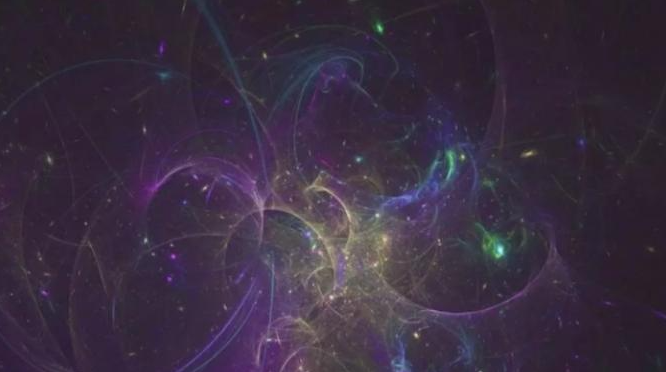
¡Hey! Get ready for a dose of mind-blowing science, imagine this: In a laboratory, scientists are amazed at a strange state that forms when they cool atoms to near absolute zero. Meanwhile, outside, the trees are taking advantage of the sun and transforming it into new leaves, it may seem that these two events have nothing in common, but wait until you hear this!
A new study published by some geniuses at the University of Chicago has discovered that there is a connection at the atomic level between photosynthesis and exciton condensates. What rays are exciton condensates? Basically, they are a very rare physical state that allows energy to flow without any resistance in a material. It is as if the energy will find the smoothest and easiest path to move! I’m sure you’re wondering what all this has to do with real life, as it turns out that this finding has the potential to revolutionize electronics design in the future. Imagine having more efficient and faster devices thanks to these crazy scientific connections!
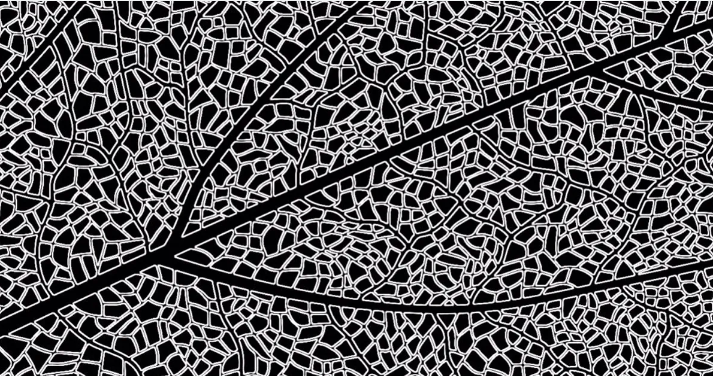
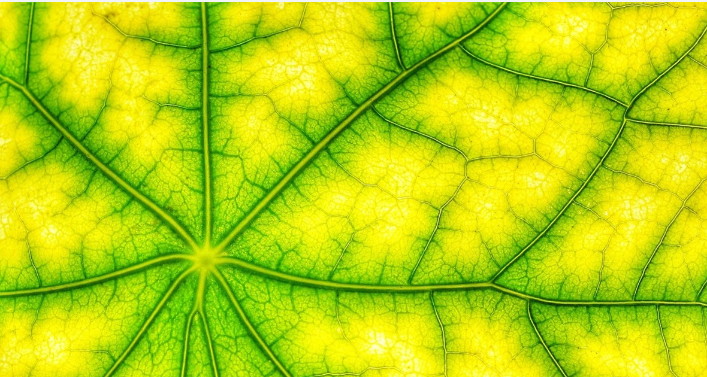
The team of scientists, led by Professor David Mazziotti, is dedicated to modeling the complicated interactions between atoms and molecules. Of course, you can’t see all of this with the naked eye, so they use the magic of computers to understand how the elements behave in these processes, which not only helps them understand why certain behaviors occur, but also lays the groundwork for future technology.
In the study, the team focused on modeling what happens at the molecular level during photosynthesis. Imagine that when a ray of sunlight hits a leaf, a change occurs in a specific molecule that releases an electron; this electron and the empty space left behind, called a “hole,” can move around the leaf, carrying solar energy to other areas where they trigger chemical reactions that allow the plant to produce sugars. These dynamic duets of electrons and holes are called “excitons,” and the research team noted that the movement of these excitons closely resembles the behavior of a material known as a Bose-Einstein condensate, also known as “the fifth state of the subject”. It’s like nature will find ingenious ways to work!
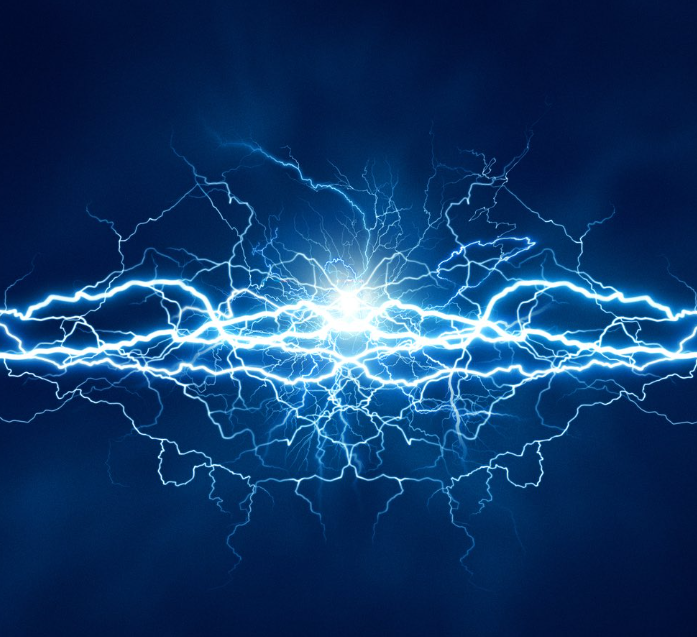
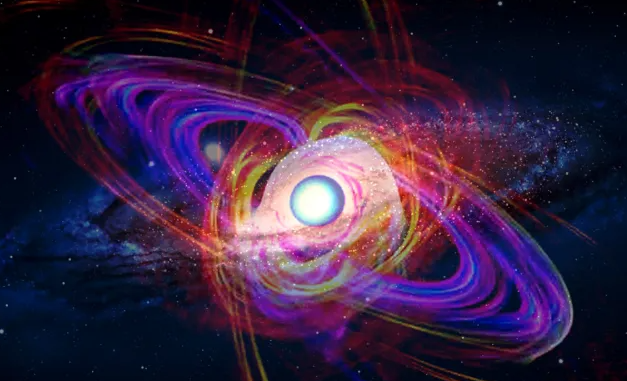
Now, the craziest thing of all is that these excitons in the leaves can sometimes stick together similar to the behavior of exciton condensates. Imagine, something seen only when material is cooled significantly below room temperature now occurs in hot, messy sheets! Although not fully formed as in experiments, the team of scientists has discovered that this partial binding of excitons can double the efficiency of energy transfer. A breakthrough!

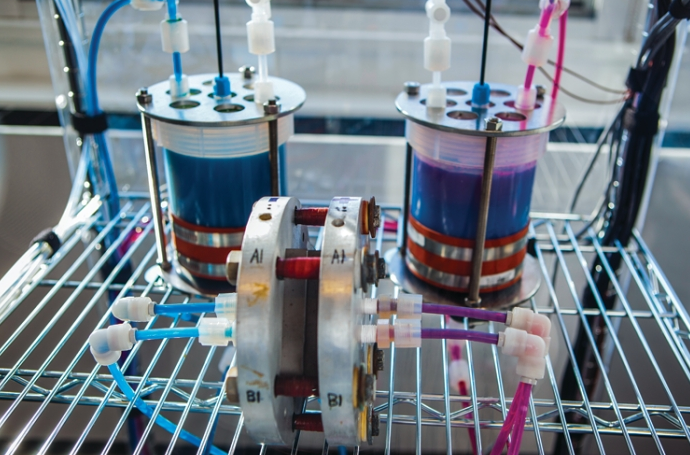
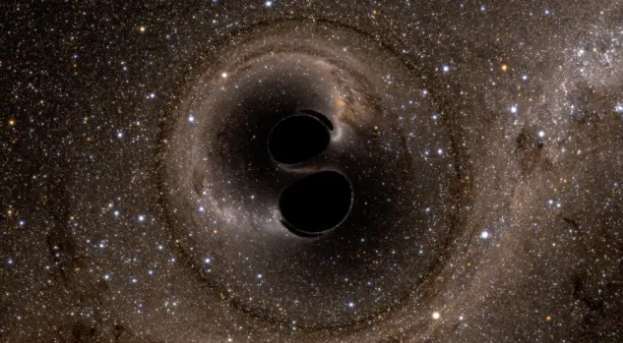
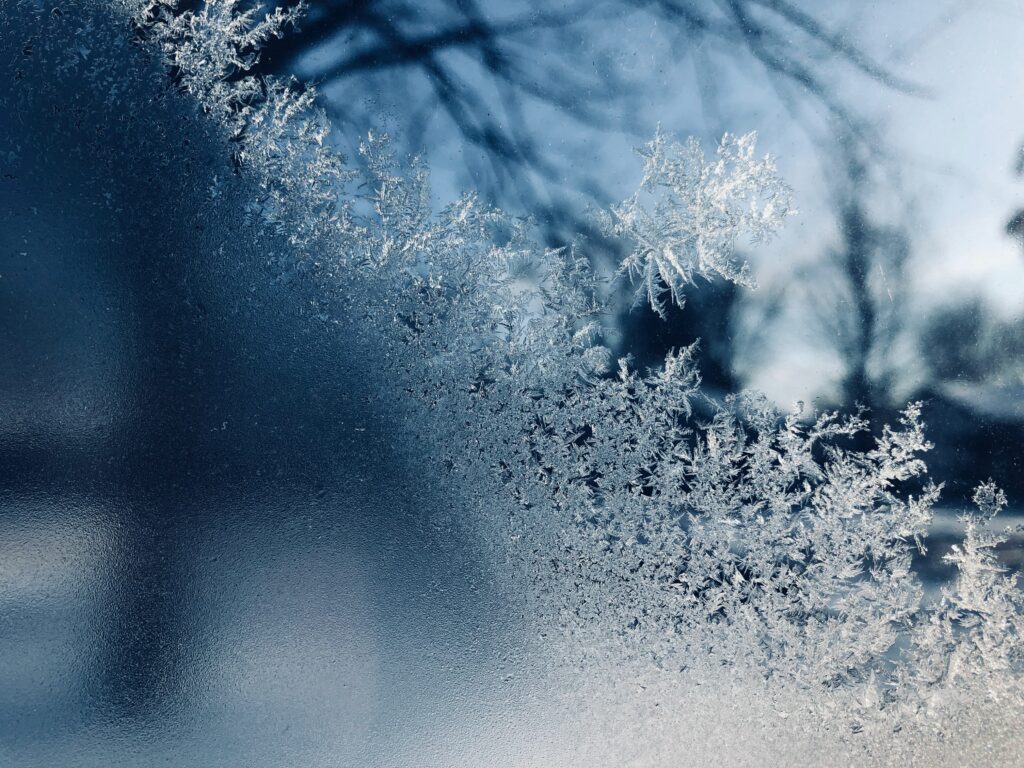
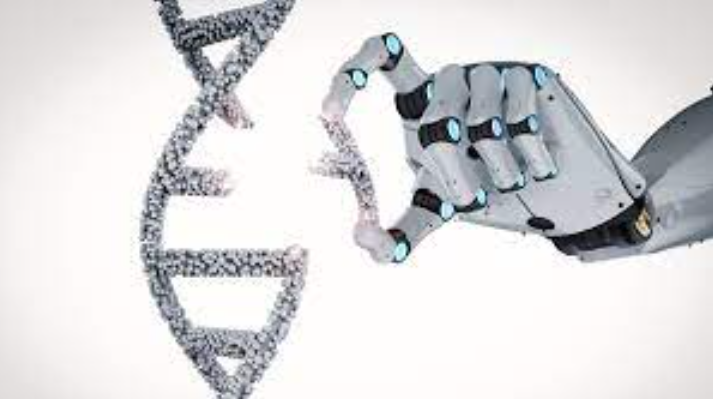
Responses